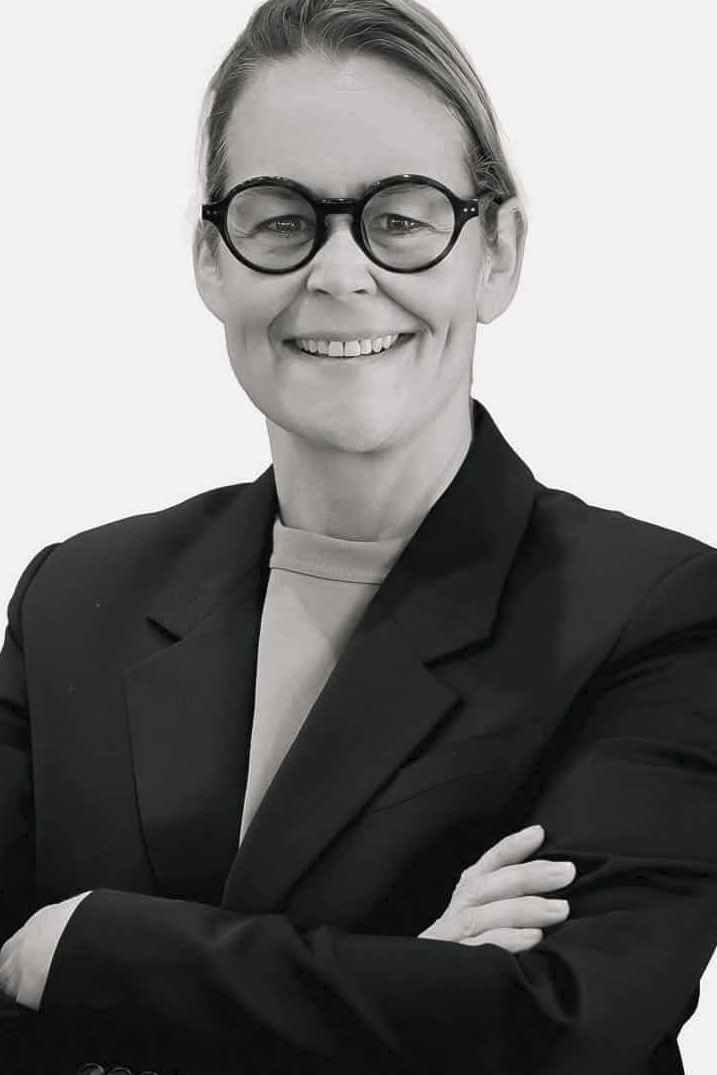
“Craftsmanship is sustainability” — Florence Rousson, Première Vision
In a conversation with Florence Rousson, President of Première Vision Management Board, Luxiders gained insight into the future of one of the world’s most influential textile and fashion sourcing shows. Speaking just after the historic joint declaration – where 22 federations from 17 countries united against the excesses of ultra-fast fashion – Rousson reflected on the importance of political dialogue, innovation, and the timeless value of craftsmanship. For her, artisanal work remains the very definition of sustainability, anchoring the industry’s identity as it faces a new era shaped by technology, circularity, and global collaboration.
Interview with Florence Rousson
It is a pleasure to start our interview right direct after the joint declaration defending the European industrial model, affirming the sector’s competitiveness, and taking a stand against the excesses of ultra-fast fashion.
It was the first time that 22 federations from 17 countries — including Germany, Italy, France, Spain, Sweden, Switzerland, and more — under the aegis of UFIMH, UIT, and Euratex, signed such a declaration together. It was truly an important moment. Première Vision Paris confirmed its role as a strategic platform for institutional dialogue, representation, and industry advocacy at the European level against ultra-fast fashion players like Shein and Temu. For us, it is essential to provide not only a sales platform and an innovation platform for creativity, but also a strong political and union message for the European Commission and policymakers. I was particularly pleased to collaborate with the French Federation at the very beginning to organise this momentum, aiming to protect and strengthen the positioning of the European industry. And not only the European industry — since Europe was just the starting point for reflection. During the cocktail, we also welcomed numerous international federations from Morocco, Tunisia, and Brazil. The next step may well be to host this kind of meeting on a global scale, with bold moves that extend beyond Europe. This is a good first step. An important moment for the opening of the show this morning.
So talking about the show, this is the first edition of Première Vision held in September instead of July since you are leading the show, how do you evaluate its success so far?
It’s still a little early to have full market feedback, but we can already say that we had more visitor pre-registrations compared to the last edition in July, and the overall dynamism was stronger. One of our goals this September was to reinforce the attractiveness of the show by introducing new topics such as innovation, technology, and — for the first time — a link with the beauty industry. When you visit the Forum and the Prospective Area, you can clearly see the synergies between fabrics, textiles, accessories, and beauty. The idea was to place colour at the centre of the creative process, opening up new possibilities for the future and perhaps even for new markets. As an event focused on textile sourcing, we recognise the need to continuously expand into new areas and encourage collaborations that reflect the changing nature of design.
We organise numerous events worldwide to detect trends, track social dynamics, and observe how different markets are evolving. From this research, the Première Vision fashion team develops the colour range for the show. Once identified, we spotlight key opportunities on the front line to inspire designers and brands. For example, this edition featured a nail art bar, directly linking colour innovation to multisensory experiences.
Has moving the show to September altered the type or number of exhibitors and visitors you’re attracting compared to the traditional July dates?
Yes, our visitor profiles also reflect this evolution. While we welcome many directors, designers and fabric sourcers, we increasingly see more and more R&D specialists. This means we must adapt our fashion language, offer, and inspiration to meet the expectations of engineers and other non-designer professionals. It’s a transformation that requires a new approach. Equally important was the development of the Smart Creation area, which welcomed new types of companies — including start-ups exhibiting for the first time in Hall 5. These young, innovative businesses presented both environmental solutions and breakthrough technologies. Giving them visibility within a platform like ours is essential, as they represent the future of the industry.
“It was the first time that 22 federations from 17 countries — including Germany, Italy, France, Spain, Sweden, Switzerland, and more — under the aegis of UFIMH, UIT, and Euratex, signed such a declaration together. It was truly an important moment. Première Vision Paris confirmed its role as a strategic platform for institutional dialogue, representation, and industry advocacy at the European level against ultra-fast fashion players like Shein and Temu.”
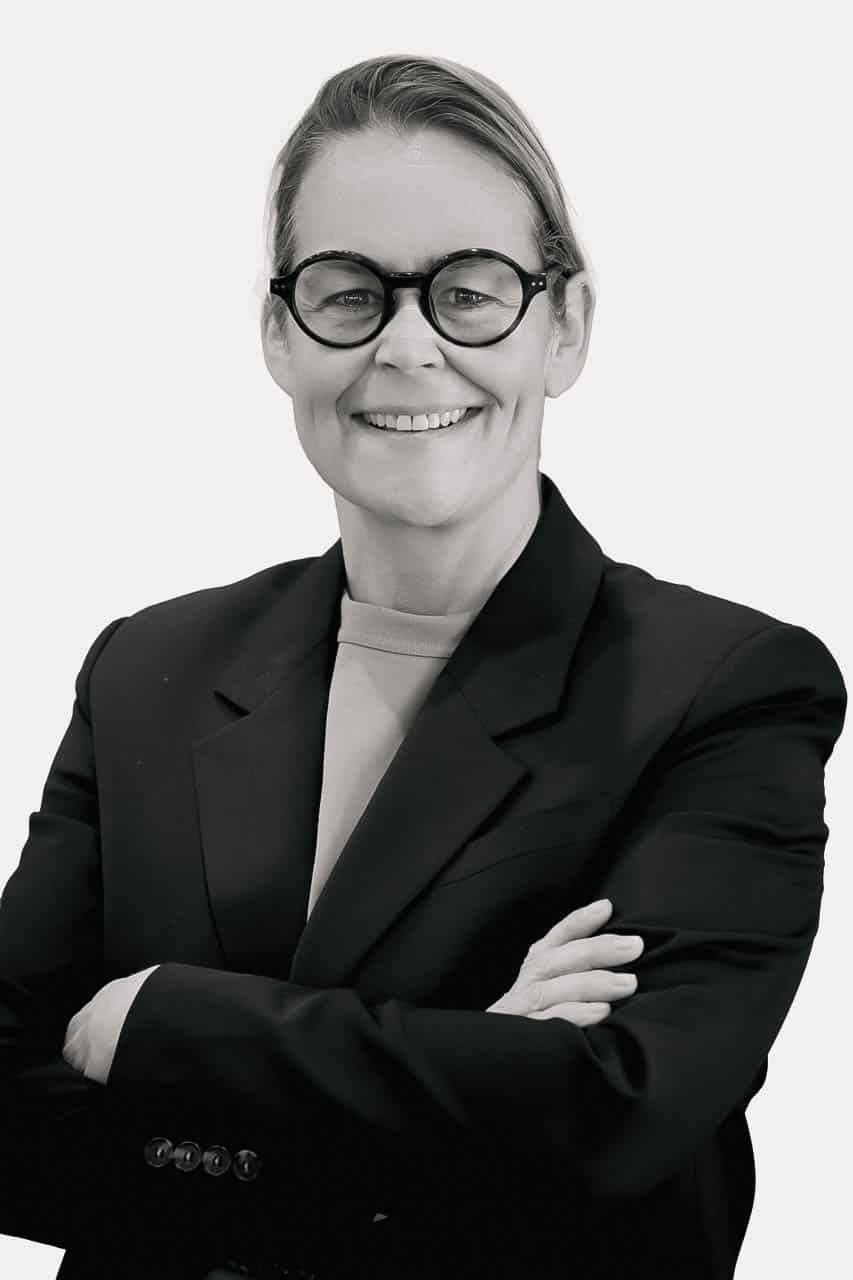
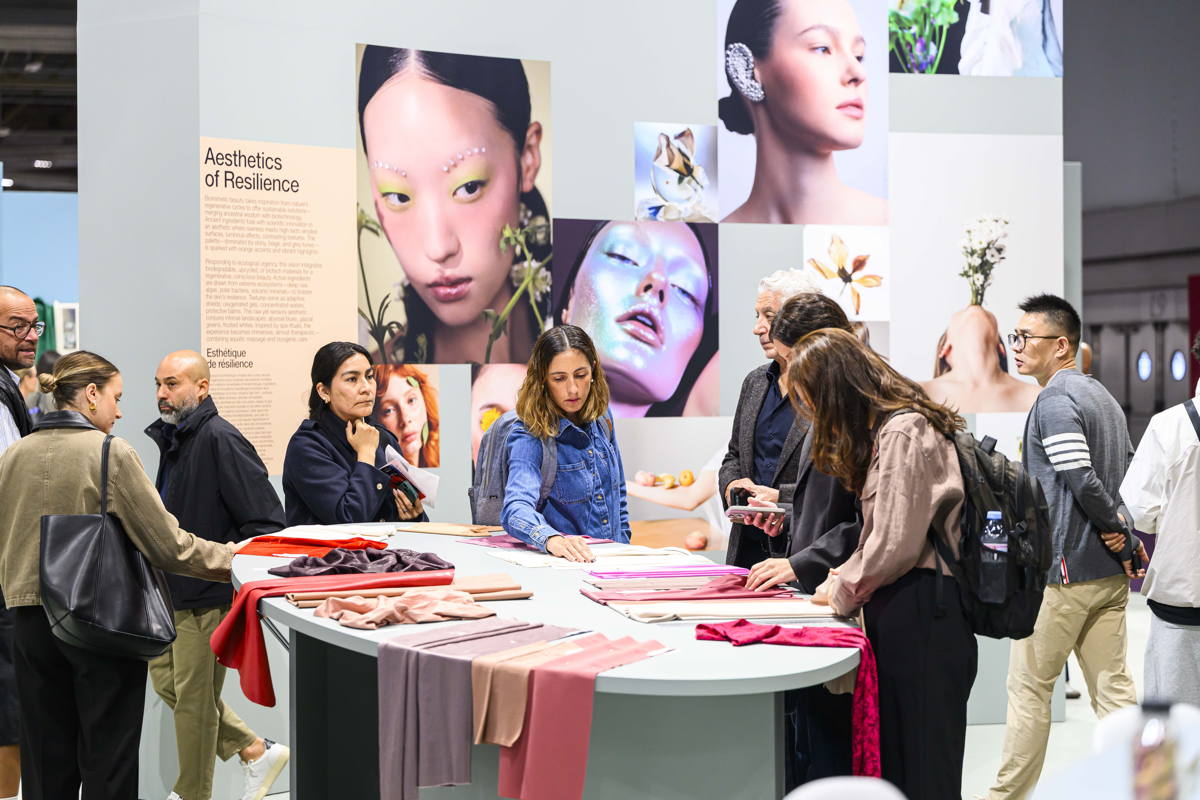
It’s also important to highlight the value of the meetings, because they provide a way to connect more directly. We work with participants to identify the people they want to meet at the show, and then we organise those meetings. We have also expanded the possibilities through the App, which now offers new services. Visitors can connect with all registered attendees, arranging meetings not only during the show, but also before and after. This creates additional opportunities and ensures a stronger return on investment, especially when considering sales aspects. At the beginning, when we launched the programme, we weren’t sure of its success, because, as you know, encouraging people to commit to meetings can be challenging.
The sourcing landscape is shifting from global to more regional networks. What opportunities and challenges does this bring to Premiere Vision’s exhibitors?
At Première Vision we have always applied a selective approach. We carefully evaluate many criteria when choosing the companies we want to attend and exhibit at our shows. Today, the European offer is present but somewhat reduced despite the lack of Italian compared to the past, but we have lots of French, Portuguese, and Spanish companies. However, we also have a strong participation from Turkish and Chinese companies, which offer very high quality products. Sourcing is global, and the evolution of these exhibitors at Première Vision reflects that.
The question remains: is sourcing really coming back to Europe, or are designers simply showing more interest in European suppliers? Some companies are indeed reshoring, but at the moment it is not a massive movement. We will probably see clearer trends by 2026, when the market response to this new dynamic becomes more visible. The direction and content of the show are evolving to reflect this strategy. The world is constantly changing, and we take this into account. At Première Vision, 70% of exhibitors are international, while 80% of our visitors also come from abroad. For example, this year we invested heavily in attracting professionals from the North American and Asian markets, and we welcomed many Korean and Japanese buyers. At the same time, we are exploring new offers and adapting to new international rules. Geopolitical shifts are creating changes everywhere, and it is our role to respond to these new realities and integrate them into our vision.
The industry is seeing a rise in AI, digital prototyping, and virtual showrooms, how is Premiere Vision integrating these technologies into its future strategy?
Absolutely. We have a strong programme of talks focused on Smart Creation and the future of AI, particularly how to implement fresh approaches in AI and provide real answers to the industry. At the moment, I see a huge transformation of the sector, both culturally and in terms of jobs. There are so many new developments that it is difficult for all of us to have a clear vision of where the market is heading. Even if we cannot predict exactly how the market will look in five years, what matters is to stay in motion: to observe new trends, explore fresh ideas, and renew our content so that we remain inspirational. We may not yet have the full picture, but we are definitely moving, and movement itself is essential.
Right now, many companies are making new investments or targeting new types of customers. But the truth is that the industry feels very lost, even the media, because too many things are happening at the same time, all within the context of crisis. Everyone is trying to move in the right direction, but there are so many directions at once. Reality changes from one day to the next, and everything moves incredibly fast. Companies therefore need flexibility and agility. At Première Vision, we try to guide them, offering a journey with solutions to their questions.
These gatherings are also about meetings, exchanging ideas, and taking the time to discuss. That is why our conference programme is so extensive. Even the short talks create opportunities for dialogue and reflection during and after the event.
“We are working on a new attractiveness and new content for the show, to reinforce the interest for the show globally.”
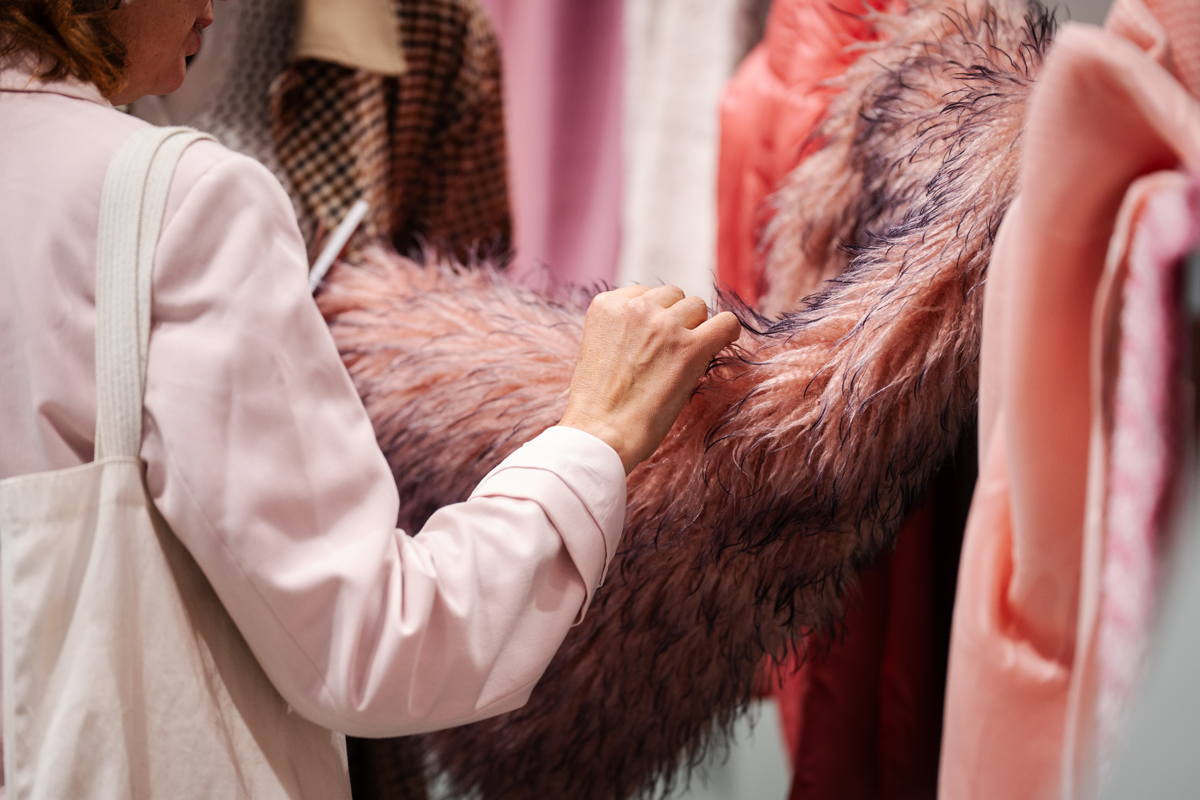
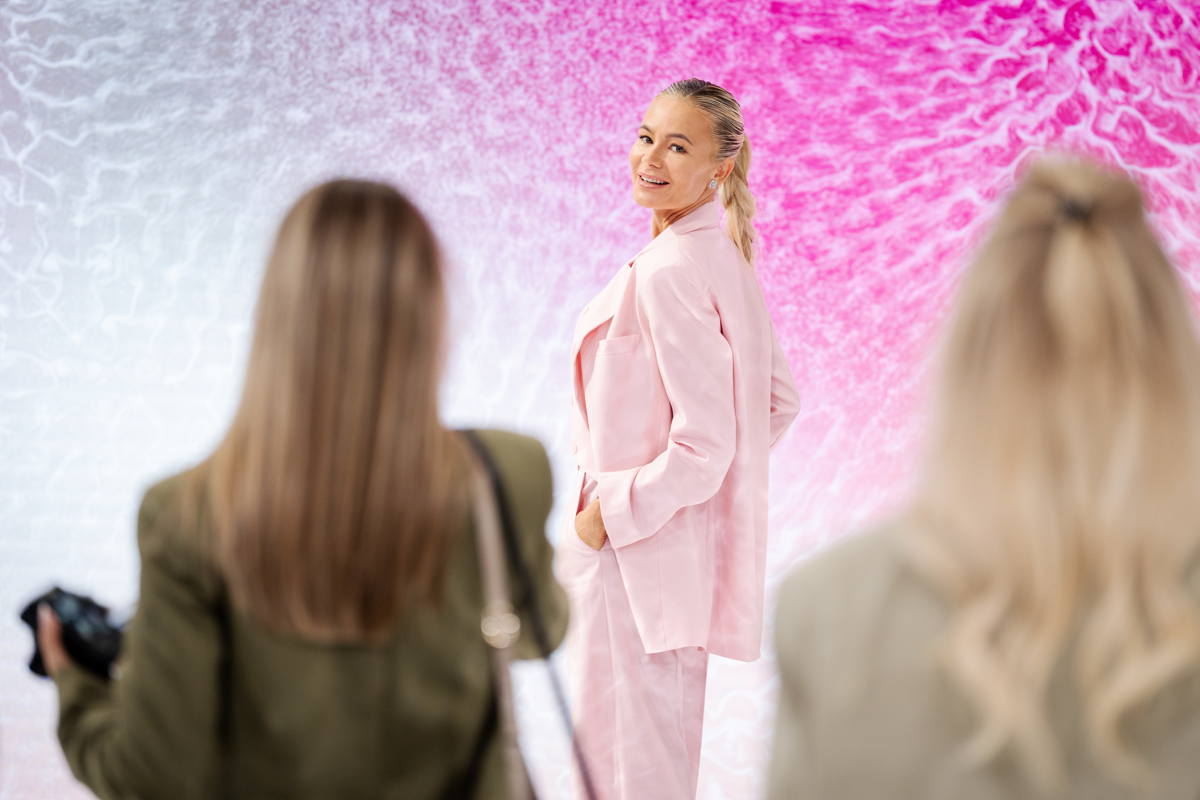
Looking ahead, the next edition will once again focus on craftsmanship together with innovation and sustainability?
Yes, craftsmanship and innovation. At the moment, that is what we are doing. It’s very important to maintain this identity.
We always have Maison d’Exceptions. Probably our idea for February is to highlight one or two countries through a partnership initiative. But it’s still a little early to give more details, as we have several meetings scheduled in the coming weeks to confirm which countries will be partners in the next edition.
It’s also interesting for us that France’s new laws are setting an example for the rest of Europe in terms of sustainability, particularly with plastics. This could be something valuable for Première Vision to highlight, showing how governments are leading change.
I’m not sure that we will work on that specific topic in February, because I believe we need to focus on one or two strong themes to deliver a clear message. At the moment, our idea is to work on a craftsmanship theme. Of course, this does not mean sustainability is less important, on the contrary, craftsmanship is sustainability. There is nothing more sustainable than artisanal work. We may highlight this in different ways, perhaps through the promotion of artists or designers, but the exact project for February is still being defined.
Remember, Maison d’Exceptions is exclusive to February. Then, in September, we will return to innovation and technology as the main themes. I think this approach is important for attractiveness too, offering fresh content and added value in both February and September. There are many topics that could be highlighted, but for now we decided to maintain this structure as our protocol.
All Images:
@ Courtesy by Premiere Vision Paris 2024







